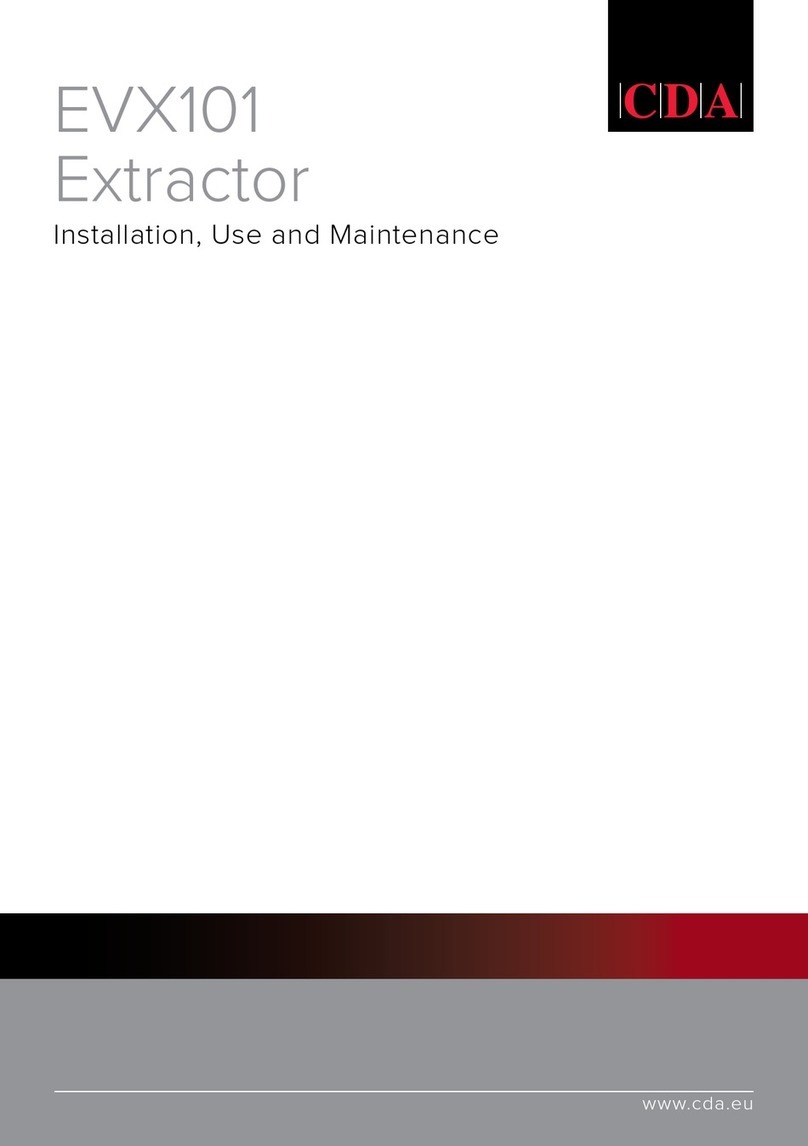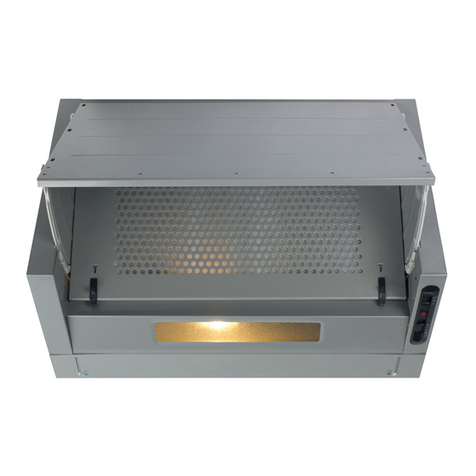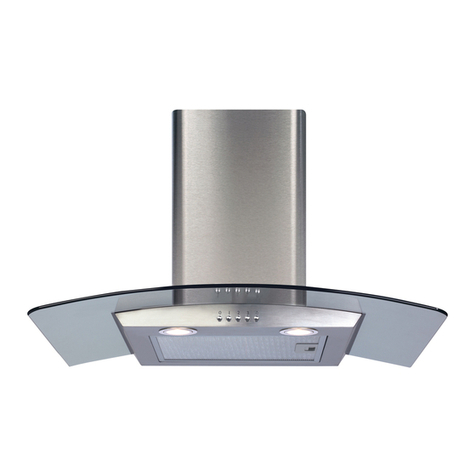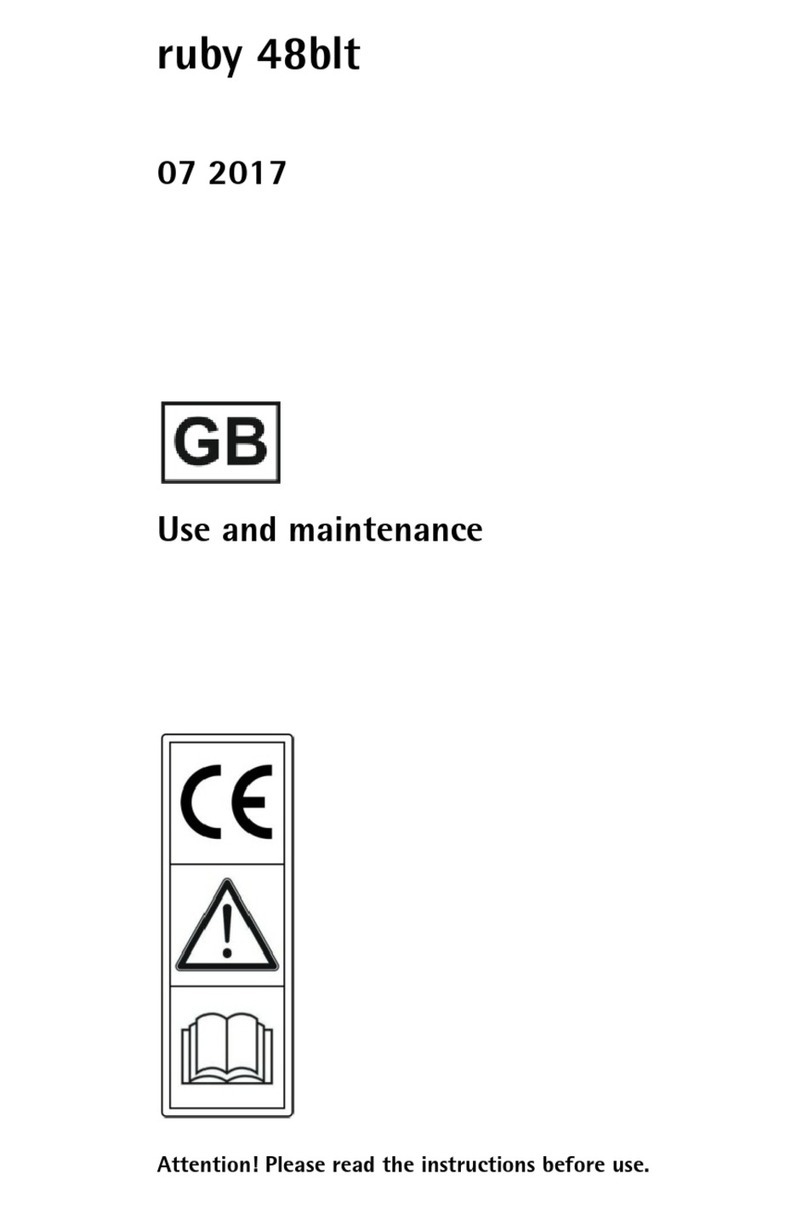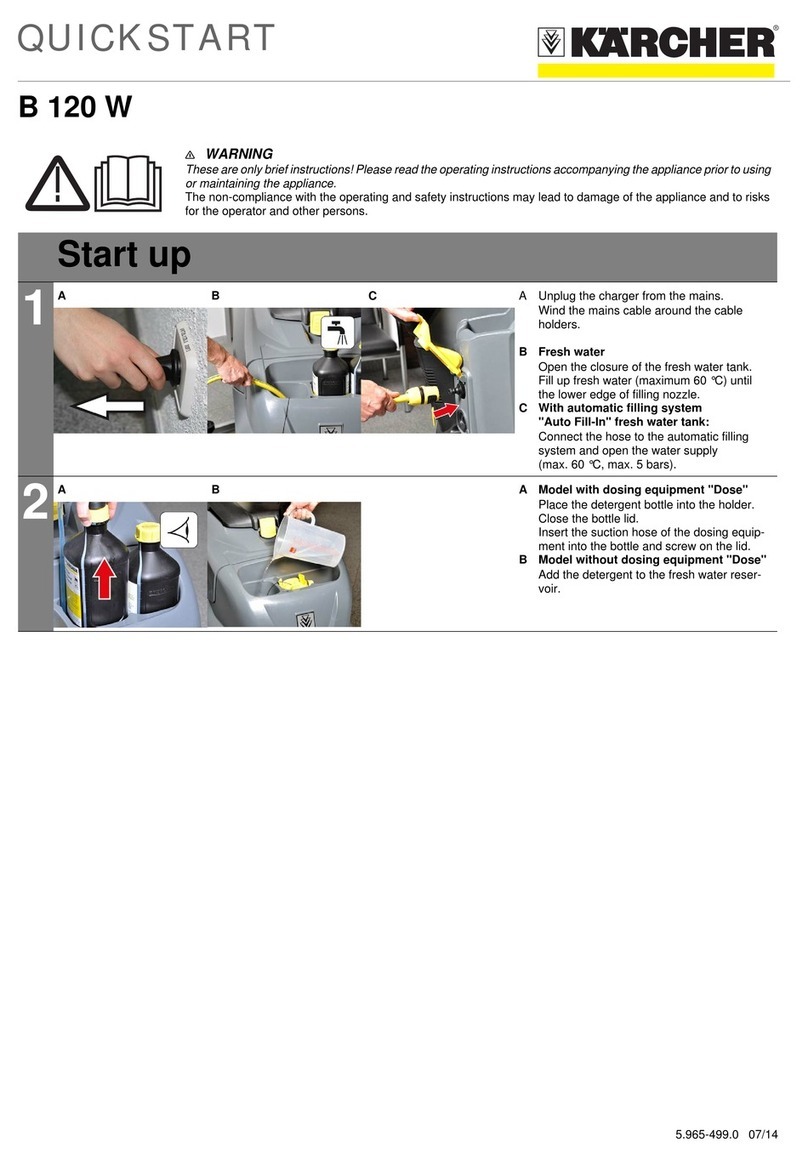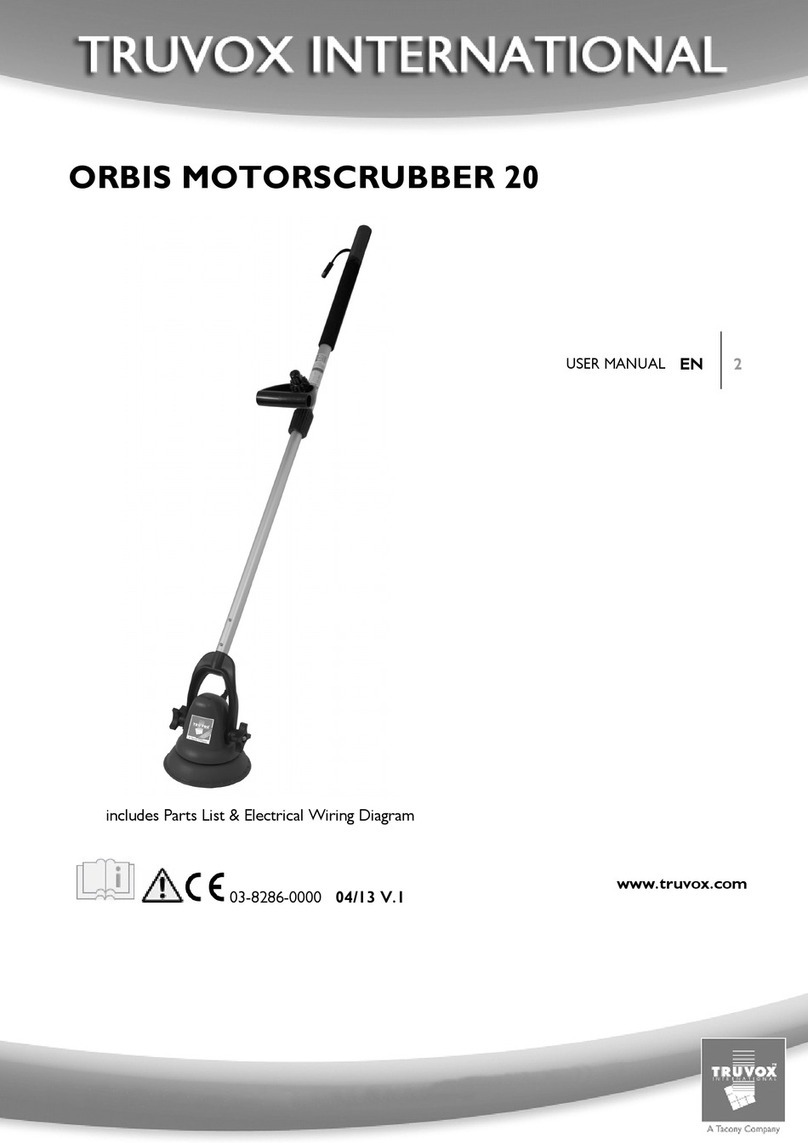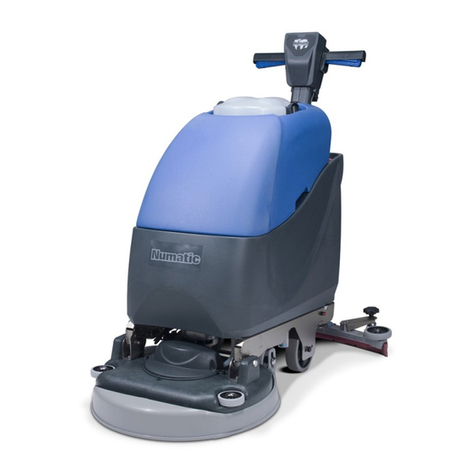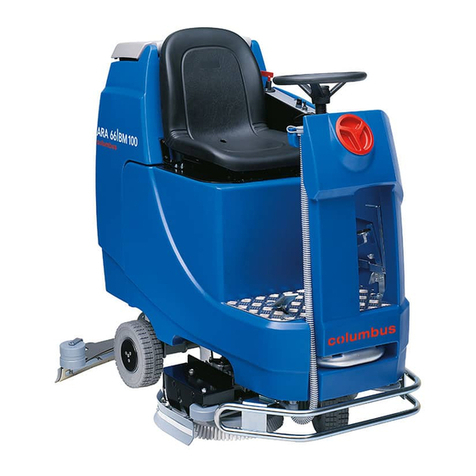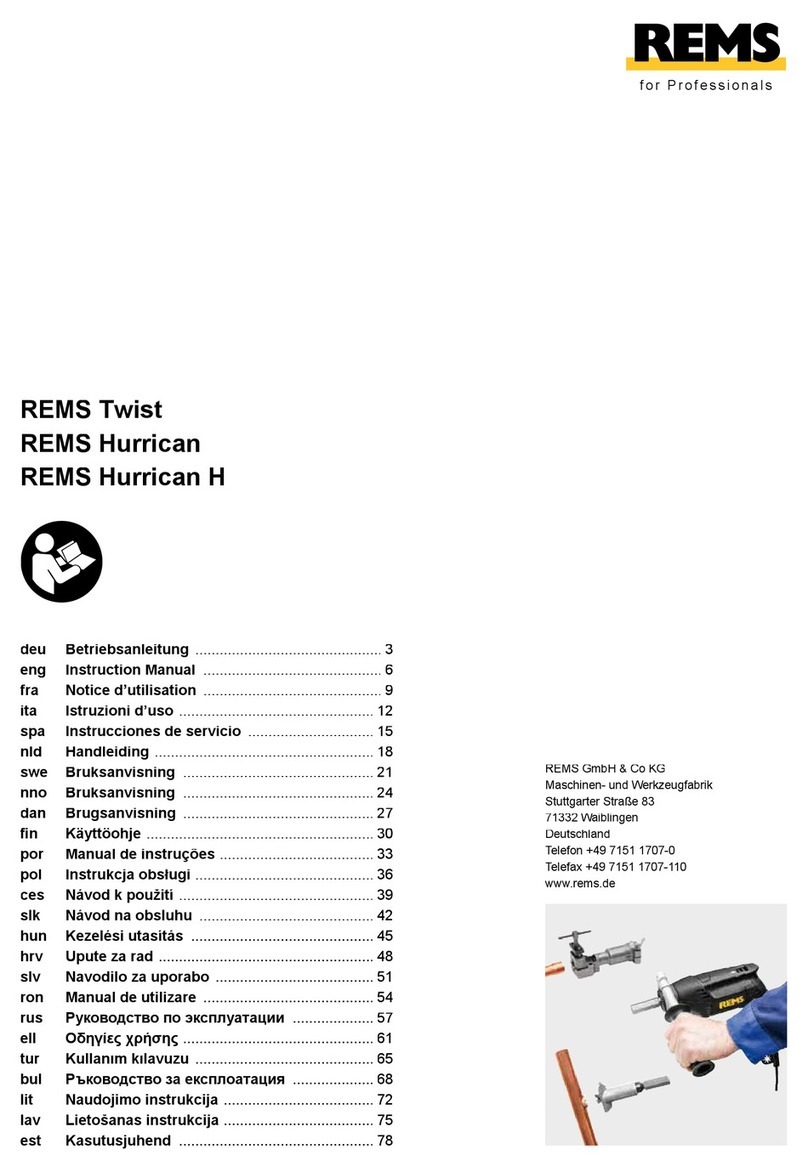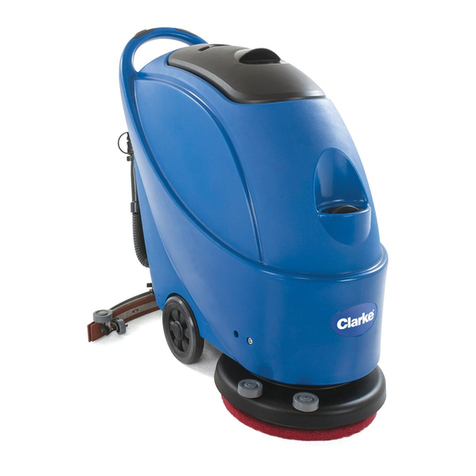CDA EXA60 Quick start guide
Other CDA Scrubber manuals
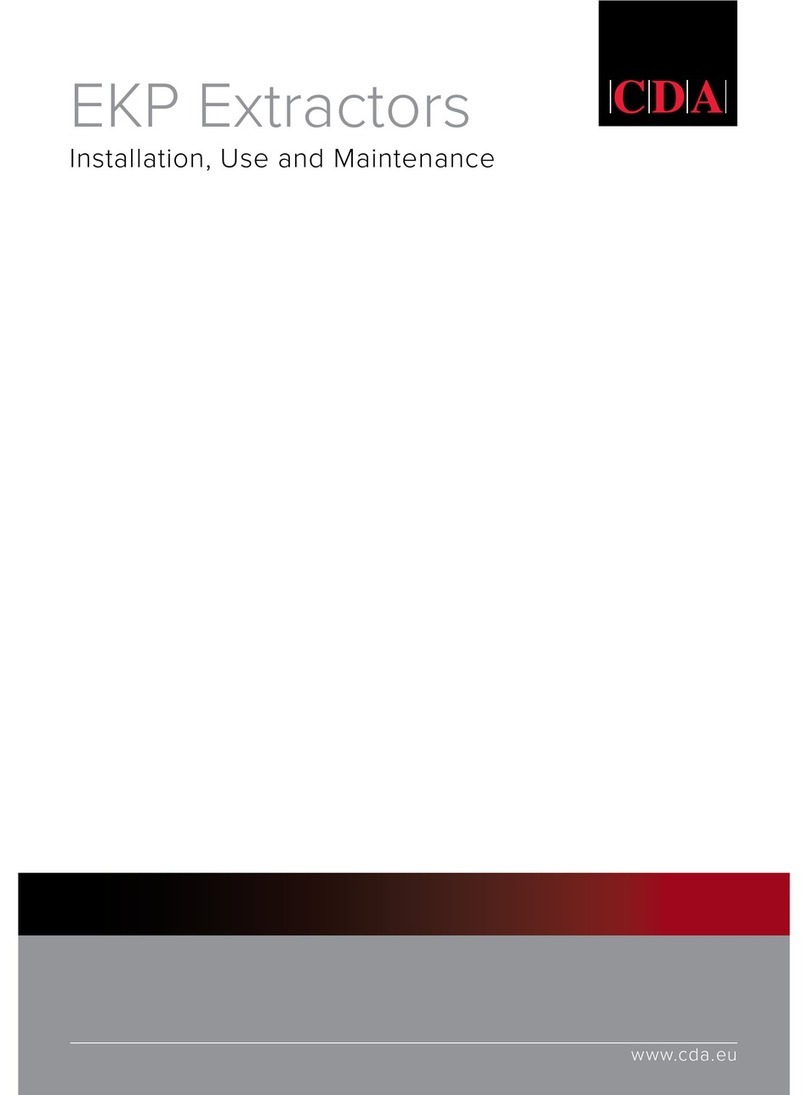
CDA
CDA EKP Quick start guide
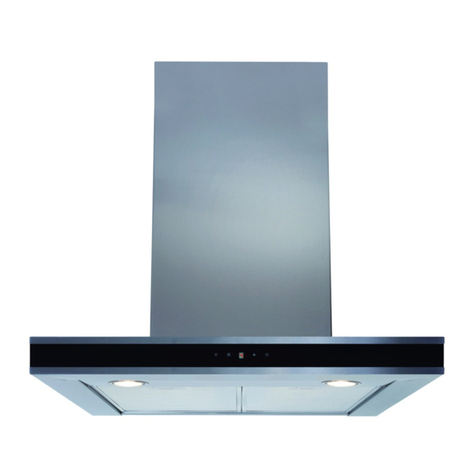
CDA
CDA EVP61 Quick start guide
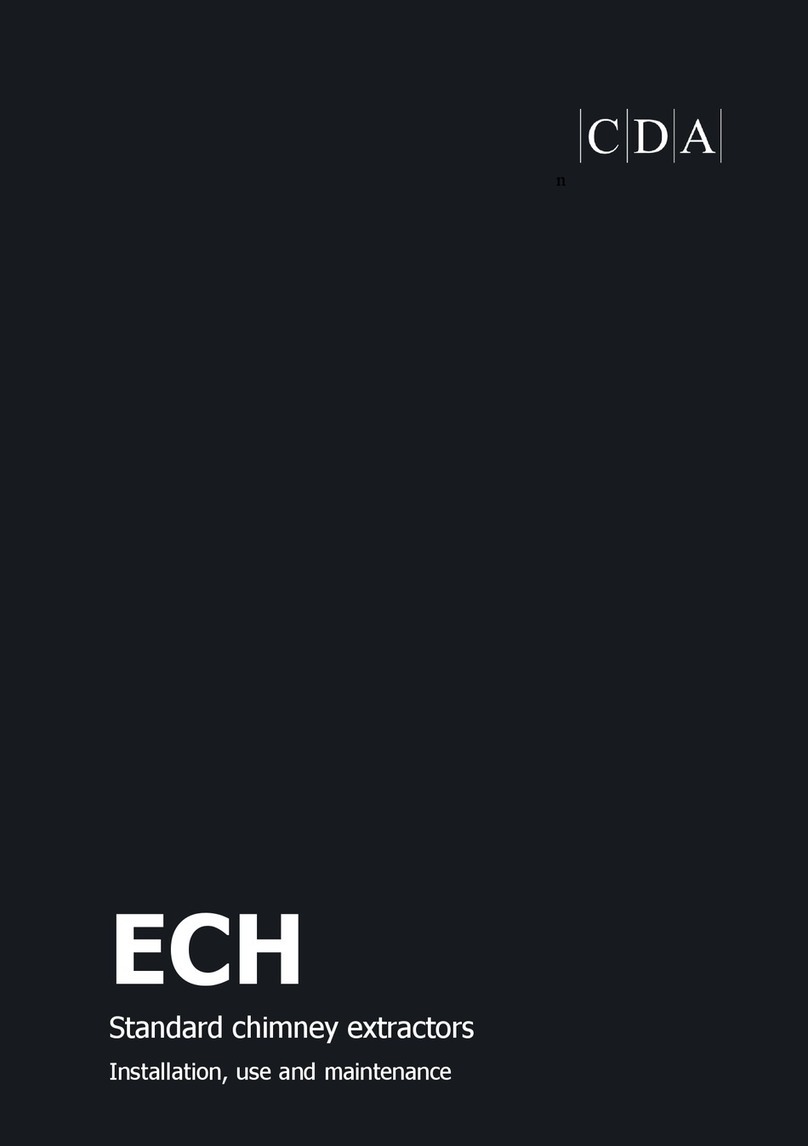
CDA
CDA ECH Series Quick start guide
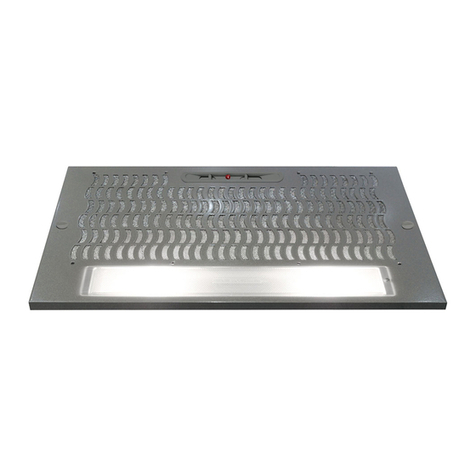
CDA
CDA CCA51 Quick start guide
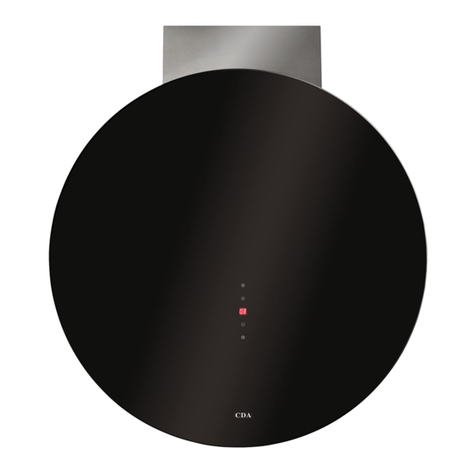
CDA
CDA EVQ7 Reference manual
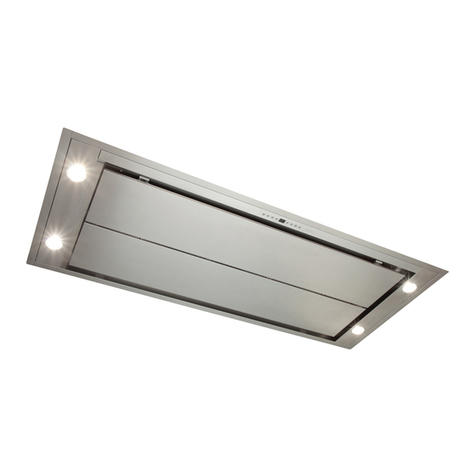
CDA
CDA EVX100 Reference manual
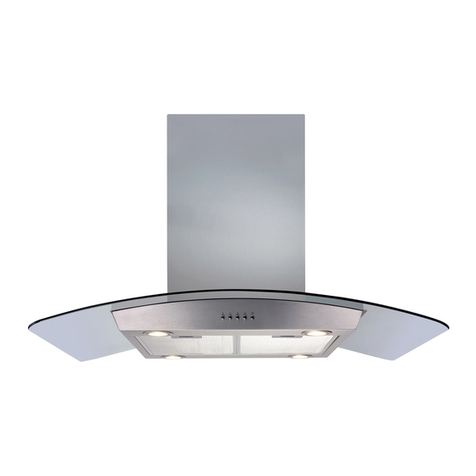
CDA
CDA ECHK90 Quick start guide
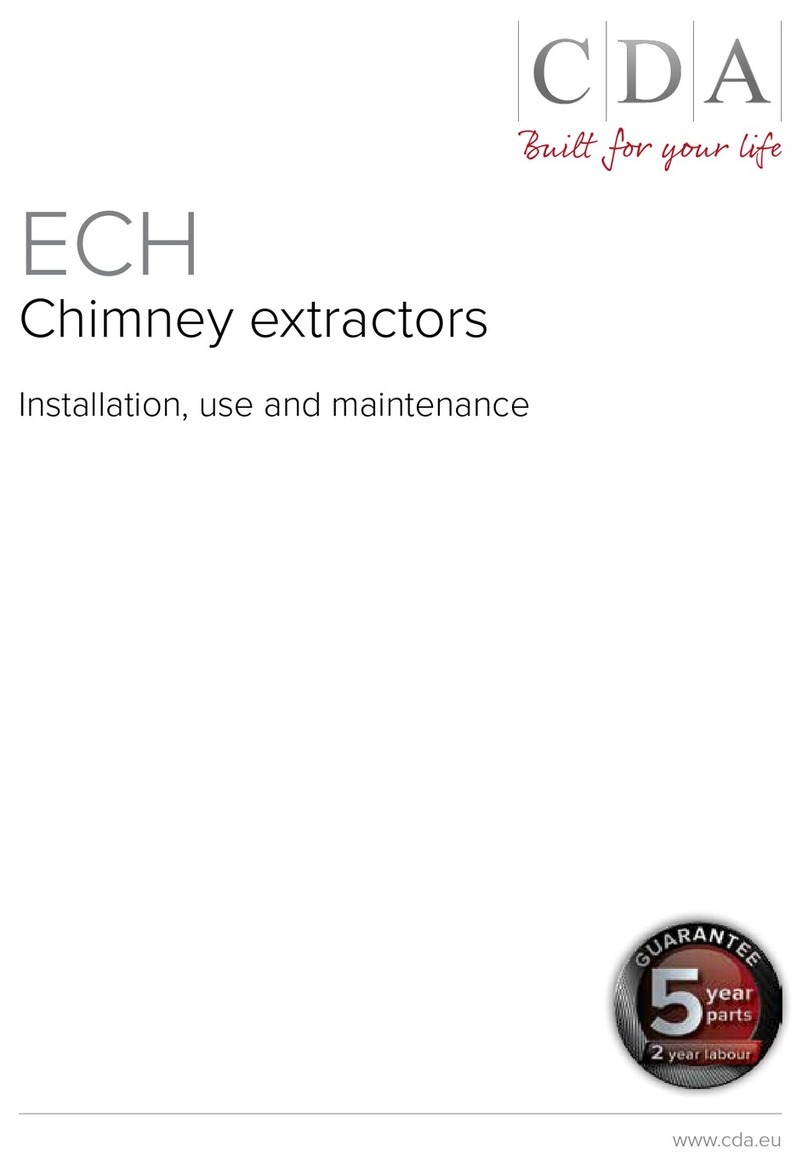
CDA
CDA ECH91BL Service manual
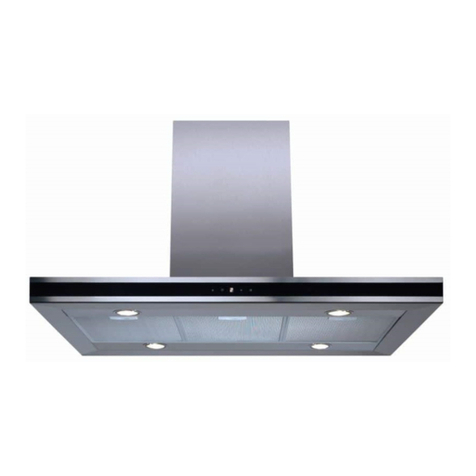
CDA
CDA EVPK90 Reference manual
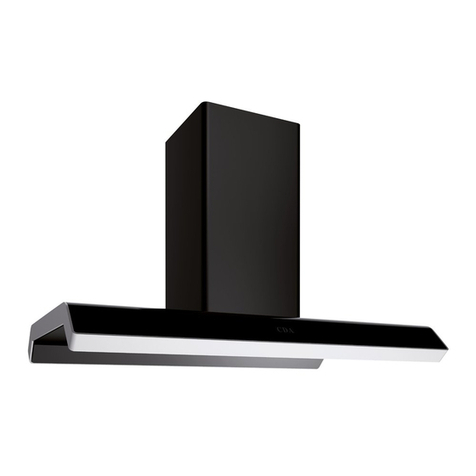
CDA
CDA EZT90BL Quick start guide
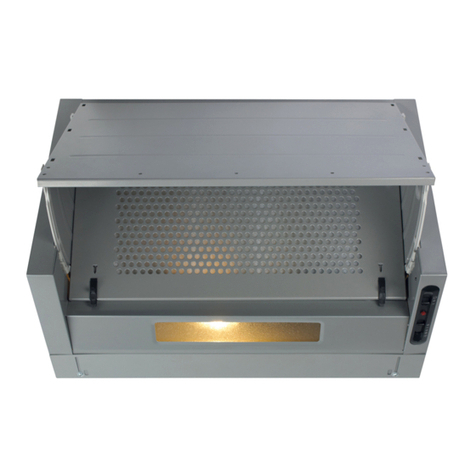
CDA
CDA EIN Series Reference manual

CDA
CDA EVCK41 Quick start guide
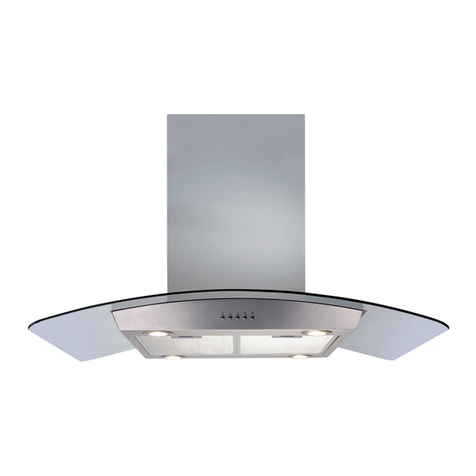
CDA
CDA ECPK91 Installation and operating instructions

CDA
CDA CCA52 Quick start guide

CDA
CDA CCH60BL Installation and operating instructions
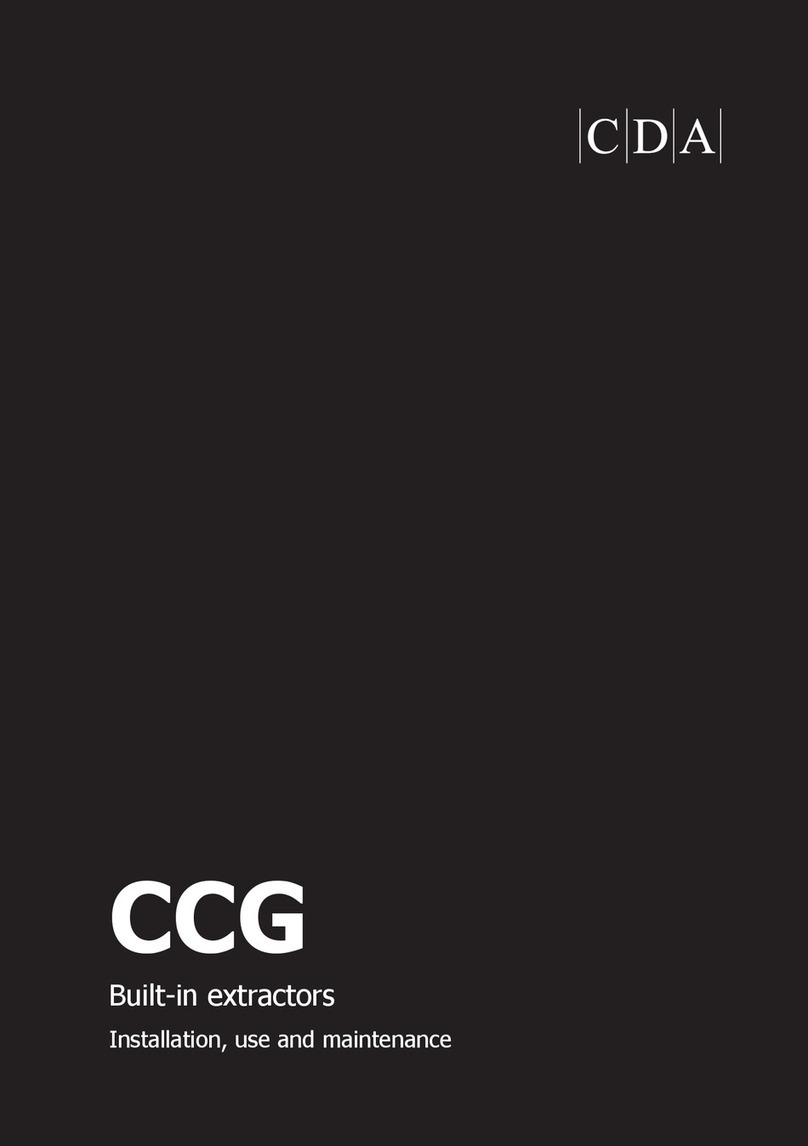
CDA
CDA CCG Service manual

CDA
CDA 3B10 Quick start guide

CDA
CDA EKPK90 Specification sheet
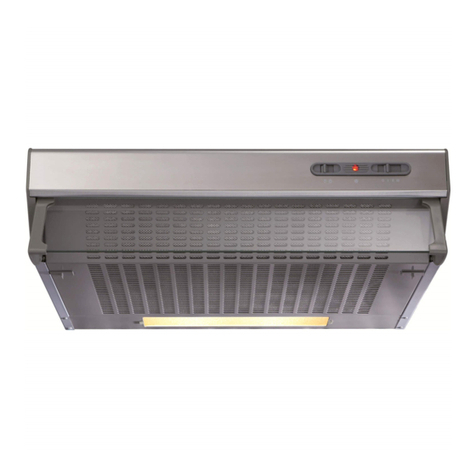
CDA
CDA CST Reference manual

CDA
CDA EVX110 Quick start guide
Popular Scrubber manuals by other brands
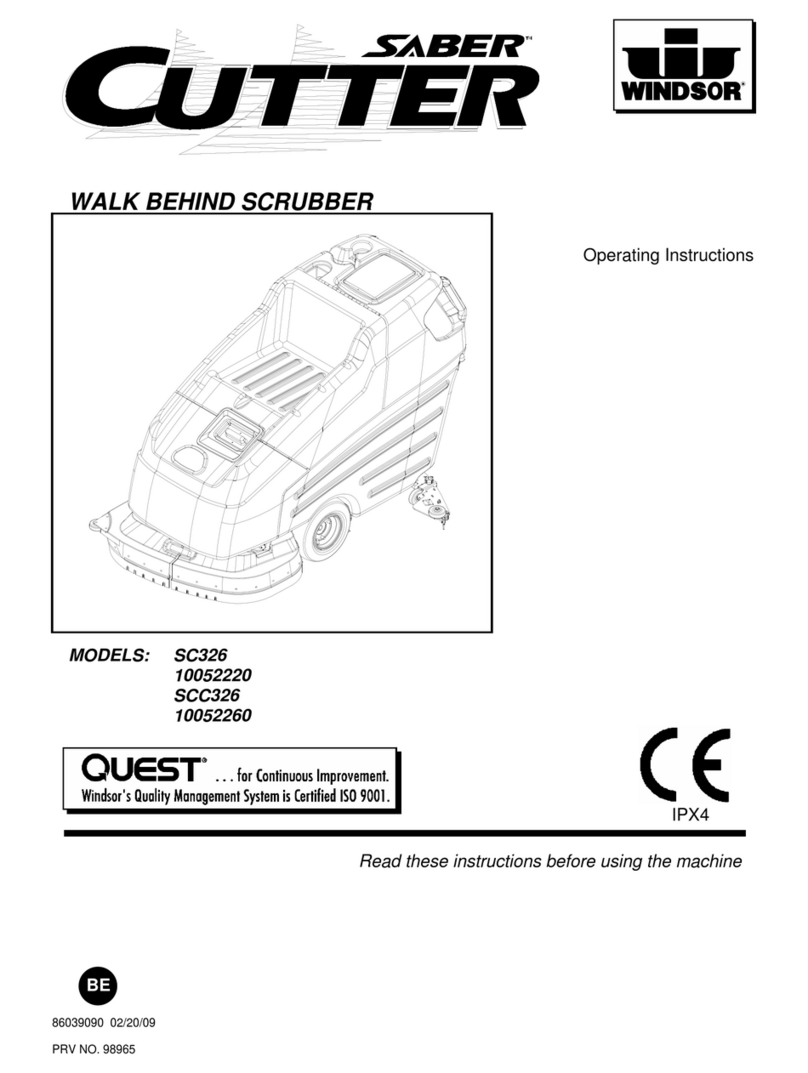
Windsor
Windsor Saber Cutter SC326 10052220 operating instructions
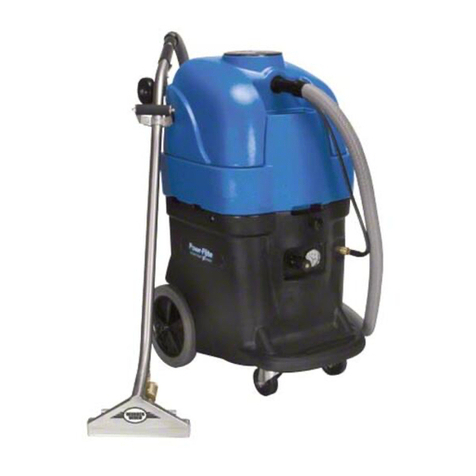
Powr-Flite
Powr-Flite PFX1380 SERIES Operators manual and parts lists
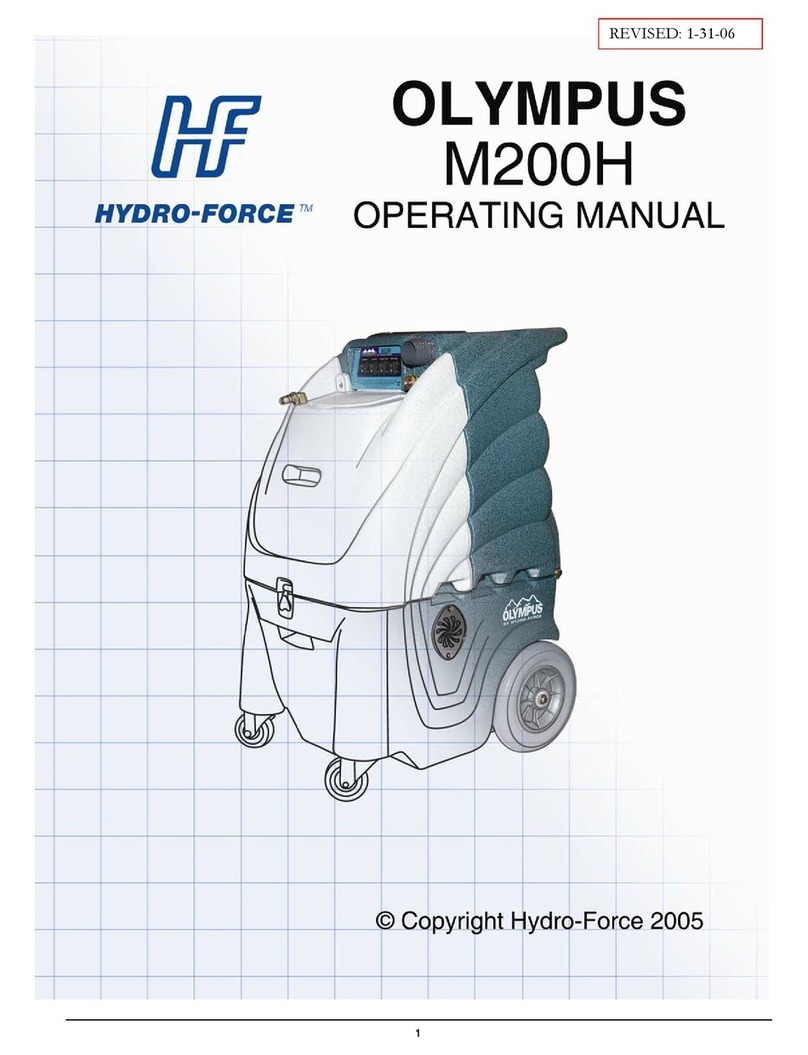
Olympus
Olympus M200H operating manual
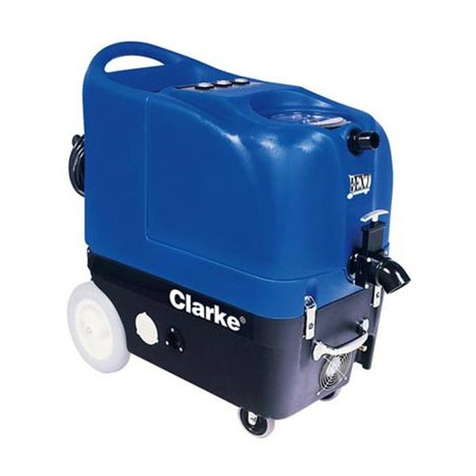
Clarke
Clarke BEXT 100H Operation?and safety

JOHNY VAC
JOHNY VAC JVC70BCT user guide
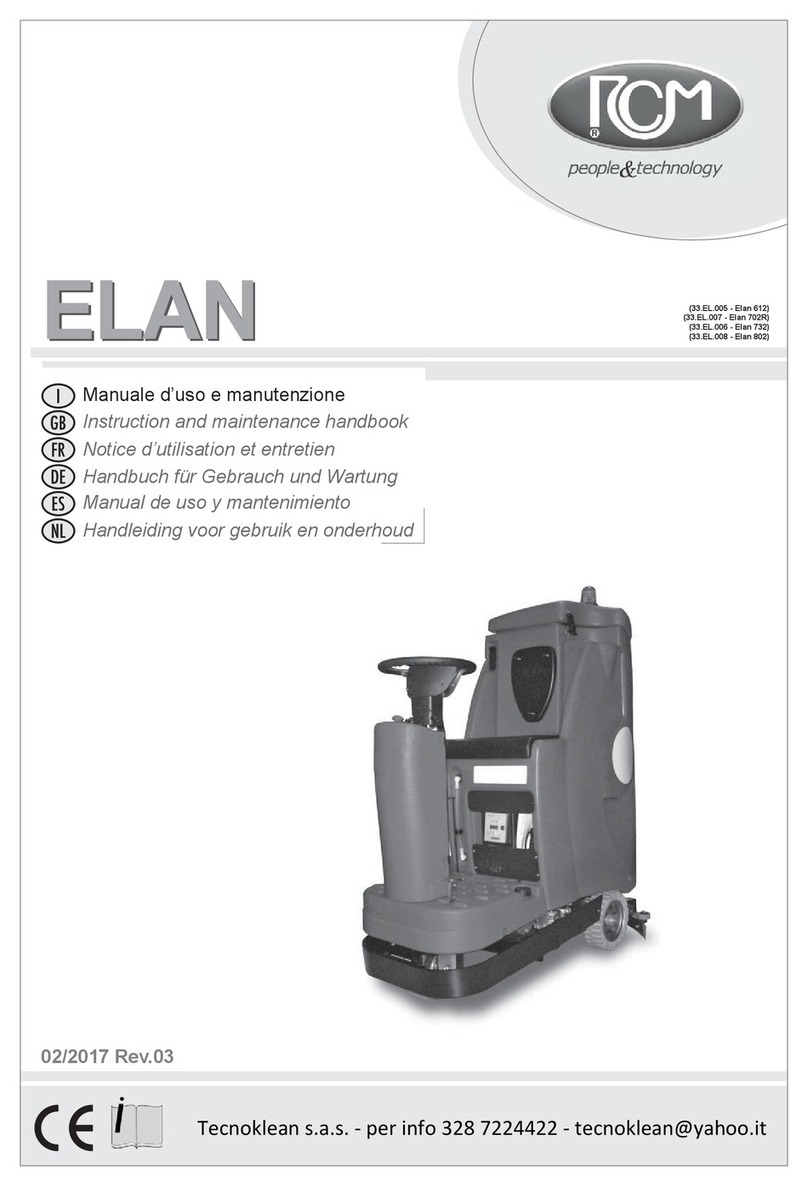
RCm
RCm Elan Series Instruction and maintenance handbook
